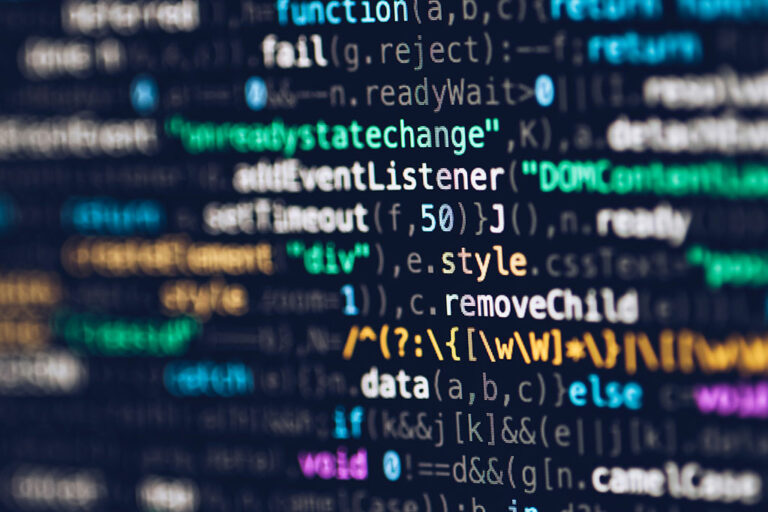While Polygon Zero is claiming the code was used without the original copyrights or clear attribution to the original authors, Matter Labs stated that the code was “prominently attributed” in a line atop one of the files in question.
Polygon and Matter Labs continue their competition on building zero-knowledge rollups. Polygon’s unit Polygon Zero, which is standing behind a layer 2 scaling solution for Ethereum (ETH), has accused an award-winning innovation lab Matter Labs of plagiarism. According to Polygon Zero, Matter Labs developers employed “a substantial amount of source code” from its Plonky2 library without permission.
Crypto runs on the open source ethos. When projects don’t follow it, the ecosystem suffers.
We were disappointed to see that @zksync copied our code without attribution and made misleading claims about the original work, so we wrote this post.
https://t.co/8VnoYVWgI8— Polygon Zero 💜 (@0xPolygonZero) August 3, 2023
While Polygon Zero is claiming the code was used without the original copyrights or clear attribution to the original authors, Matter Labs stated that the code was “prominently attributed” in a line atop one of the files in question.
Plonky2 vs Boojum
Back in January, Polygon launched its Plonky2 – a zero-knowledge proving system that represents a major breakthrough for zero-knowledge (ZK) tech. This recursive SNARK is claimed to be 100x faster than existing alternatives and natively compatible with Ethereum. It works by using large proofs when speed matters and small proofs when size matters. Its flexibility allows Plonky2 to optimize for speed and cost.
Recently, Matter Labs has also come up with a proof solution based on a new Rust-based cryptographic library from zkSync that powers the prover’s upgraded zero-knowledge circuits – vital components of zkSync Era and ZK Stack. Called Boojum, the solution is promised to be 10x faster than Plonky2.
Following Matter Labs’ release, Polygon Zero has found multiple similarities in the underlying tech of Plonky2 and Boojum. The company’s team has compared both solutions in its blog post and accused Matter Labs of plagiarism.
Polygon Zero developers wrote:
“Matter Labs, developers of zkSync, recently released a proving system called Boojum that includes a substantial amount of source code that is copy-pasted from performance-critical components of the Plonky2 library. This code is included without the original copyrights or clear attribution to the original authors. As an aside, it’s very difficult to fail to abide by the terms of the MIT/Apache licenses, but this is how to do it.”
The document also includes screenshots of both codes’ comparisons.
In response, Matter Labs called Polygon’s claims “untrue” and highlighted that the similarity between the solutions is mentioned in the first line of its module.
Matter Labs representative said:
“The new Boojum high-performance proof system leverages 5% from Plonky2, which is prominently attributed in the first line of our module. Where else, other than the very first line of our library would this have been included if we wanted it to be more prominent?”
Matter Labs and Polygon have been competing in developing zkEVM rollups for quite a long. The plagiarism accusations that have taken place in their case are not the first time something similar happens. Another example of copying the code is Shibarium layer-2 beta testnet that had allegedly used Shiba Inu code without permission.
next